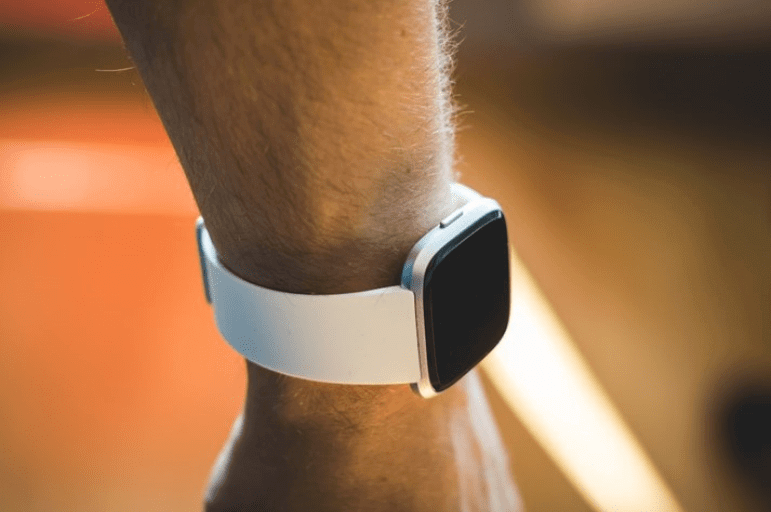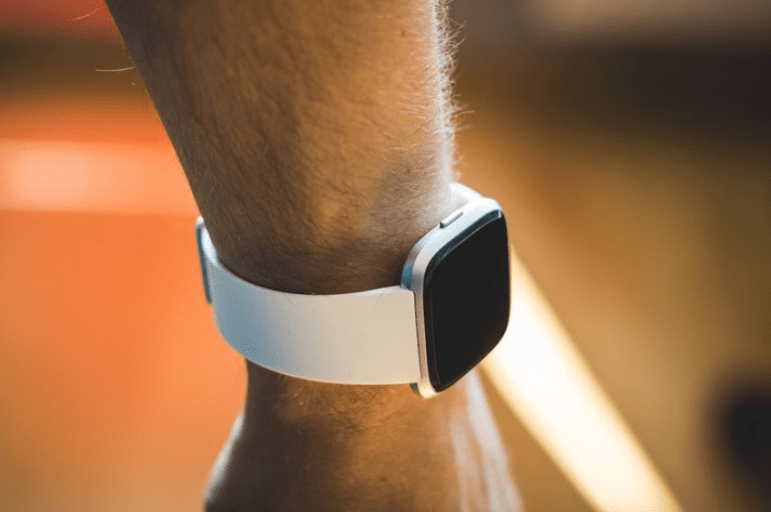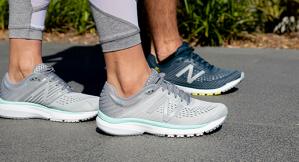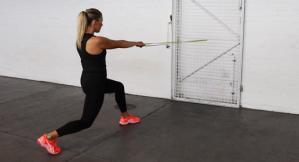MyFit
Our MyFit Blog aims to engage and inform so that we can collectively empower everyday athletes to better their best with every run.
How To Pace Your Run
Ultimate guide to pacing your run
What is a running pace?
Running pace is how long it takes you to complete your run, divided by the distance you are running. It can be a core element in marathon training. When you hear people saying things like ‘I run a 9-minute mile’ – this is pace! Learning how to pace yourself is a skill that comes with time as you build up your running technique.
Whether you’re running a race or setting up a training schedule, there’s heaps of variables out there that can also affect your pace – whether that’s weather, your mood or the terrain; by building out an effective pacing strategy you can factor all these variables together and build on your specific needs and goals.
You might like to have an electronic record, or you might prefer an analogue way of tracking your pace – we’ve got some helpful tips below on how to pace your run.
Road running pace versus trail running pace.
It's also important to consider that you’ll be setting a different kind of pace if you’re a road runner versus those who are trail runners.
If you’re a road runner, it’s recommended to aim for a steady per-kilometre pace including taking includes into consideration.
Those who run on trails will ideally need to expand on the steady technique designed for pavement runners and consider factors like a quicker downhill pacing as well as longer pacing when you have steep inclines.
*Remember that it’s also okay to walk in parts of the trail, especially when it’s less steady underfoot.
Different types of pace setting
We recommend four ways to try and set a pace for hitting those running goals:
1. Running by feel
2. Pacing with treadmills
3. Using a Fitness Tracker
4. Running with a group
How to Run by Feel (or RPE—Rating of Perceived Exertion)
Best for: Beginners, casual runners
The running by feel scale (or rate or perceived exertion) is a strategy for pace setting that lets you adjust your running time by how you feel physically and mentally. It’s expected that you rate your run on how your pace is feeling rather than relying on data. So, for example an easy run with mates in the park is awarded a pace score of 2 whereas a more intense tempo-based run might receive a score of 7.
Running by Feel doesn’t require investment in expensive equipment however, it will require you to pace yourself based on things like knowing when to speed up and slow down based on your environment. It’s less based on data, and objectively if you’re serious about your training goals, you might find it harder to hit any benchmarks you’re setting for yourself.
We recommend contacting your local run group or community to find out more about RPE.
Learning to Pace Yourself on a Treadmill
Best for: Beginners, casual runners, training
Weather can be super unpredictable, and although it’s recommended to do work in running in the cold if you’re training, so you can be prepared for unpredictable temperatures on race day, often opting to run on a treadmill when going outside is a no-no can help you maintain your pace. The ease of use for treadmills make them a great option, especially since the surface is fully controllable, as well as providing you with data.
You would also not need to set your pace with a fitness tracker, as you can have a strict time and pace set with the digital display on the treadmill.
How to Pace Yourself with a Fitness Tracker
Best for: Beginners, casual runners, road runners, competition runners

A fitness tracker or watch can be a useful tool in helping you set your running pace. Simple to use and often built into things like your fitness watch on your wrist, the data is easy to digest and you’re able to set goals easily. Your device might even have a setting for putting in a pace, and keeps it displayed as you run so you can set your run properly.
Naturally, you’ll need to make sure your device is fully charged, and it will need to synchronise regularly with your mobile app. They are also considered to be more useful for road runners, as fitness watches tend to rely on GPS data which can be less reliable out on more rural trails.
Pacing your run with a group
Best for: race day
Running with a pacing group is a technique you might see used in official races. A pacer will be an experienced volunteer who will run holding a big sign with the projected finish time of your race, usually set out in hours. It’s one of the simpler ways to build your pace – you’re choosing your predicted time and sticking with it. IT’s a terrific way to socialise with other runners, however, you need those extra levels of confidence in your run time, as there will be smaller margins of error.
So there we have it, four areas where you can set your pace and move closer to achieving your goals. See you at the finish line!








